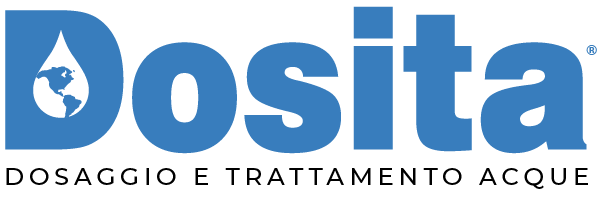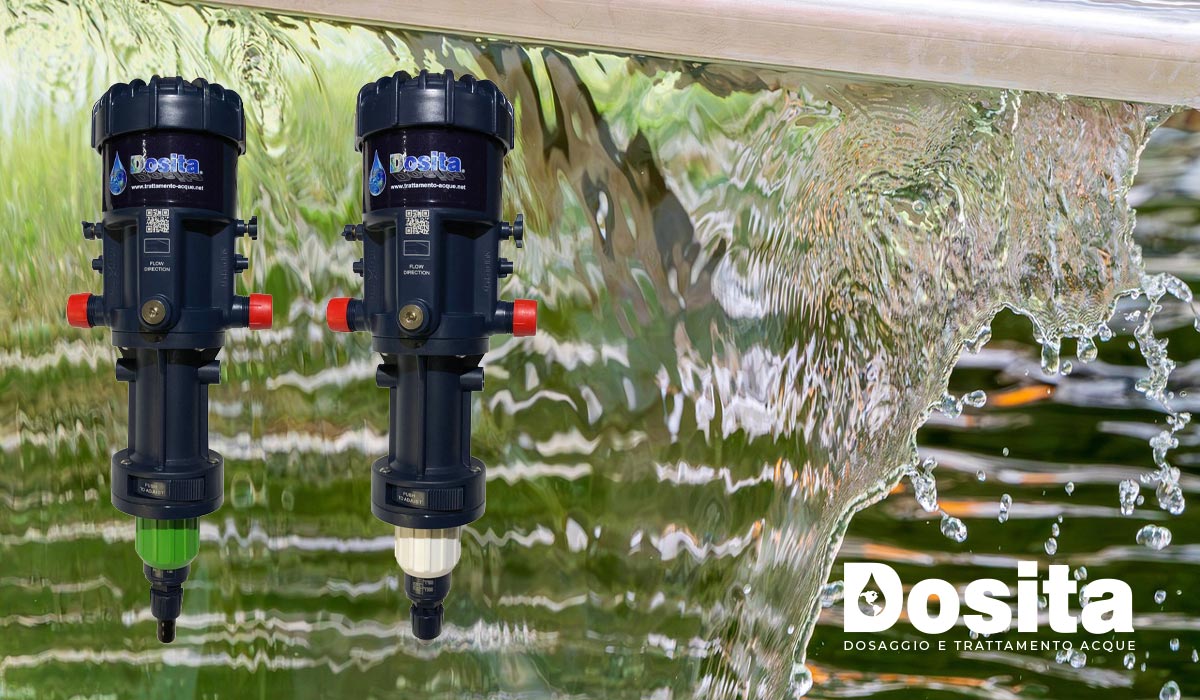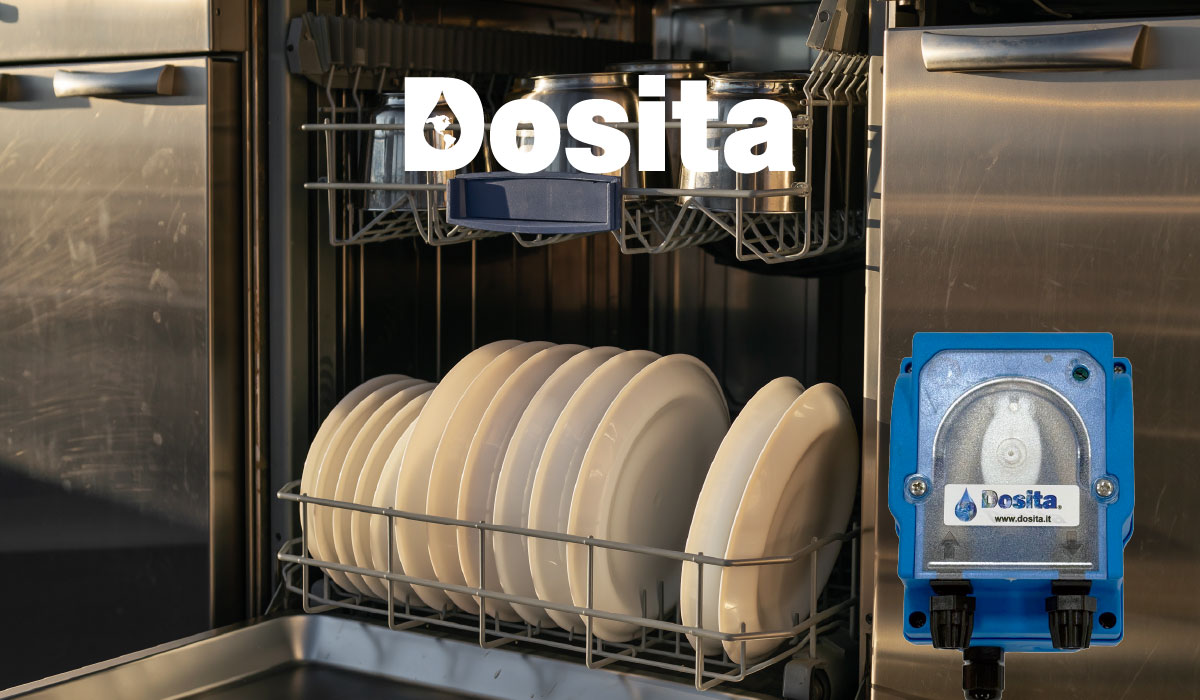Disinfection systems are essential for maintaining clean and safe environments and surfaces, reducing the presence of harmful microorganisms.
Here is an overview of the main disinfection methods:
Disinfection Methods
- Chemical: Use of chemical agents such as chlorine, sodium hypochlorite, alcohol, hydrogen peroxide and phenol derivatives. These agents are effective against a wide range of microorganisms.
- Physical: Use of physical methods such as ultraviolet (UV) light, heat (dry or moist heat sterilization) and radiation. These methods are often used in healthcare and industrial environments.
- Aerosol: Systems that nebulize disinfectant solutions in the form of aerosols, covering entire environments and surfaces. These systems are particularly useful for disinfecting large and difficult-to-reach spaces.
Applications
- Healthcare Environments: Disinfection of rooms, medical instruments and surfaces in hospitals and clinics.
- Industrial Environments: Maintaining cleanliness and safety in factories and laboratories.
- Residential: Disinfection of homes, offices and other living facilities to prevent the spread of disease.
Advantages
- Effectiveness: Significant reduction of microbial load, improving safety and health.
- Versatility: Applicable to various environments and surfaces.
- Speed: Many disinfection systems offer fast and long-lasting results.



